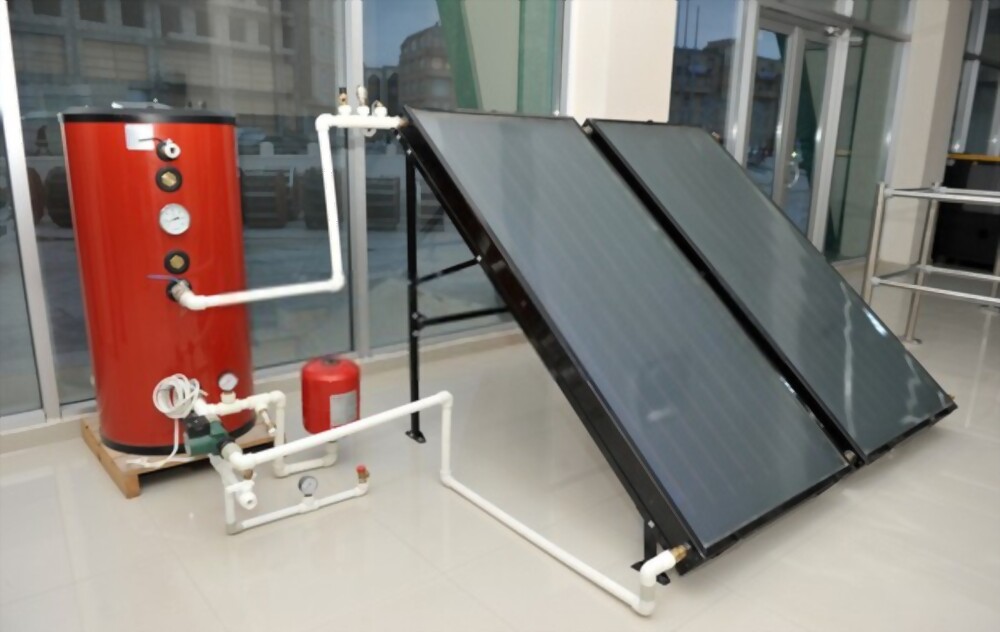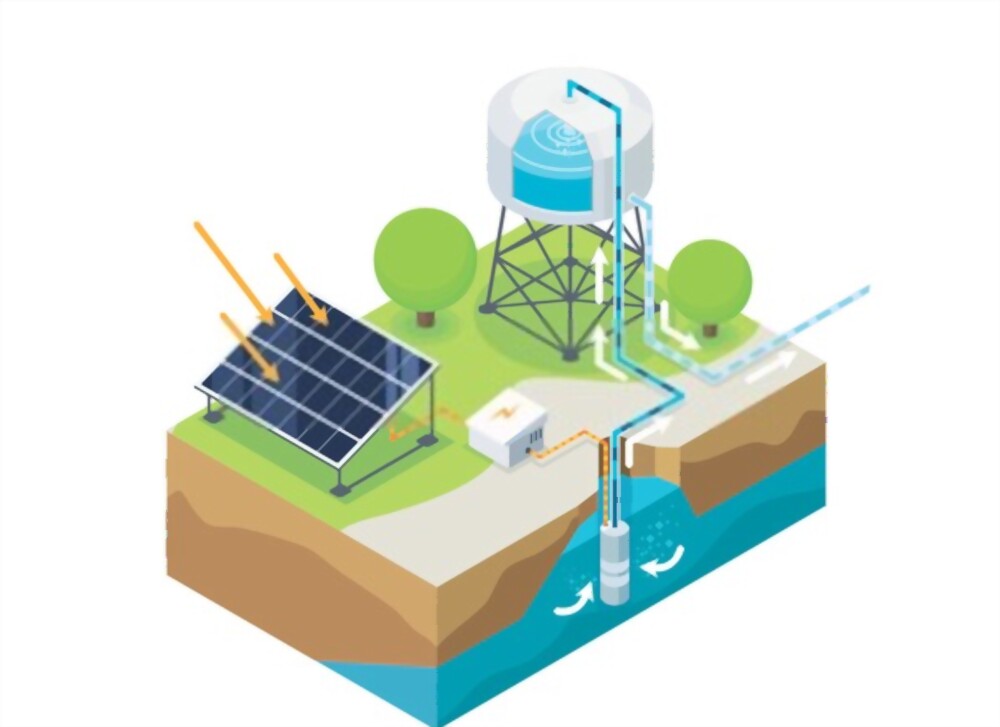Melbourne is the coastal capital of the Southeastern Australian state of Victoria where an estimated 1 million and more than 100,000 commercial solar hot water systems have been installed. Although you can get many different types of solar hot water systems where the basic technology is almost the same.
The basic concept of this hot water systems is that the sunlight strikes and heats an “absorber” surface within a “solar collector” or a storage tank. These systems are roof-mounted and supplies about 80% of the hot water for the home. In this system, a heat-transfer fluid or actual portable water flows through the tubes attached to the absorber and picks up the heat from it. After that, the heated water is stored in a separate preheat tank or a conventional water heater tank.
Many of these water systems also come equipped with a conventional water heating system if additional heat is needed. So, if you want to get solar water systems then you can get help from plumbers in Melbourne about it.
Until then have a look at these different types of solar water systems.
Types of Solar Hot Water Systems
Thermosiphon Systems

Thermosiphon systems heat water or an antifreeze fluid such as glycol. There is no pump required as the fluid rises by natural convection system because the collector’s tank and the storage tank are placed at a higher level. As the cool water gets heated, it expands, rises, and is pushed out of the top of the collector thus allowing cool water to flow into the solar collector.
Direct-Circulation Systems

In this system, water is circulated through solar collectors where it is heated and is stored in a tank. This type of systems is used in regions where water rarely freezes because freeze protection is necessary for cold climates. However, recirculation system increases energy use while flushing reduces the hours of operation. This system should be used in regions where low temperatures are uncommon.
Drain-Down Systems

Treated or untreated water is circulated through a closed-loop and heat is generated, in this drain-down system. After that, this heat is transferred to potable water through a heat exchanger. The collector fluid is drained by gravity to avoid freezing and convection loops, where the cool collector water reduces the temperature of the stored water.
Indirect Water-Heating Systems

In this system, freeze-protected fluid is circulated through a closed-loop. This generates heat which is then to a potable water through a heat exchanger. In this indirect water heating system, it uses fluid like water-ethylene glycol or water-propylene glycol which helps in freeze protection.
Air Systems
The collectors heat the air which is then moved by a fan into the air-to-water exchanger, in this air system. The water can be used for domestic needs. The efficiency of the heat exchanger is in the 50% range.
So, if you wish to get this air system then you will need a special type of piping for that. In that case, you can contact one of the best commercial plumbers in Melbourne; VIP Plumbing.


